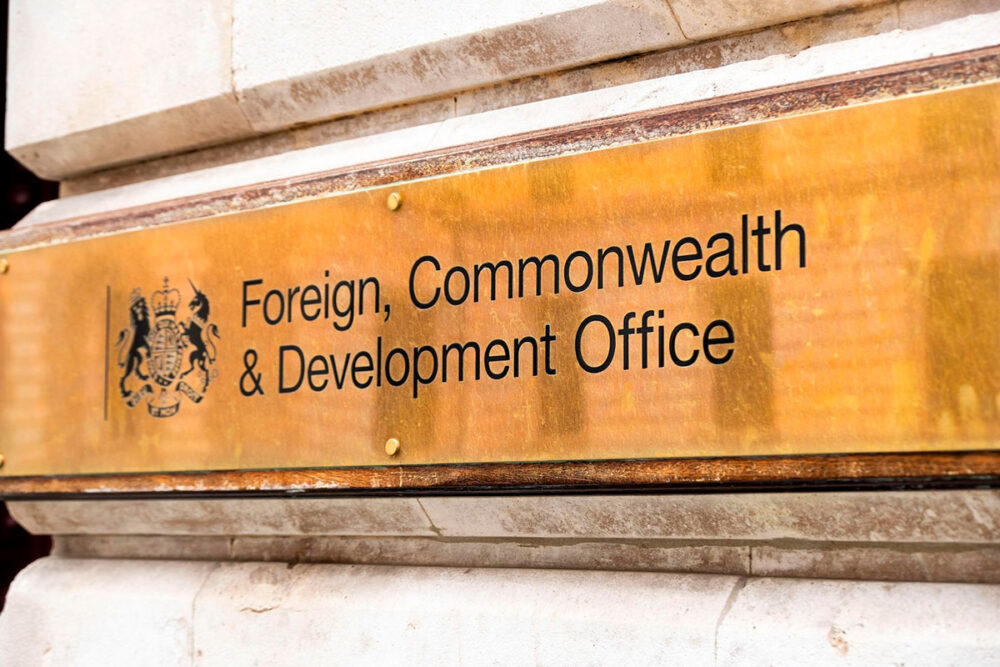Sir John Bourn, head of the National Audit Office, reported today that contingent risks he and the Public Accounts Committee had identified following British Energy’s privatisation had materialised. The Department for Trade and Industry had clearly recognised the risks to the taxpayer arising from the nuclear liabilities of British Energy. However, while the Company appeared successful its ongoing evaluation of these risks was limited. As the Company’s situation changed the Department stepped up its monitoring. It considered it was unable to actively manage the risks.
Jump to downloadsAt privatisation British Energy took responsibility for meeting the costs of handling nuclear fuel and of decommissioning its stations. If it became unable to meet these liabilities the costs, amounting to several billion pounds, could fall on the taxpayer.
Between privatisation and early 2000, the Company appeared to be prospering but the causes of its subsequent financial decline were in fact being put in place. During this phase the Department monitored the risk with a light touch. Several changes introduced by Government to extend competition in the electricity market, either reduced British Energy’s income or increased its costs. The Department did not evaluate the effect of these changes on British Energy’s ability to meet the cost of its obligations. Because of its role in ensuring free and open competition, the Department sought to treat British Energy no differently from other companies.
From Spring 2000 to early 2002, the Department, uncertain in the face of mixed messages from the Company, increased its monitoring of the risks, trying to understand the real extent of the Company’s difficulties from outside, and decided to “wait and see”.
From March to September 2002, the Department’s advisers, having for the first time looked inside British Energy, advised that given recent falls in electricity prices, it was highly vulnerable. The Department decided not to intervene unless the Company was in a position of “publicly evident distress”, and prepared contingency plans to ensure nuclear safety and security of supply.
British Energy itself had not responded effectively to changes in the market. Its attempts to enter the domestic supply market as well as generation (vertical integration) were too little, too late. In September 2002, British Energy’s directors declared that the Company was no longer clearly able to meet its liabilities and the Government granted it a credit facility of up to £410 million. In October 2003, British Energy formally agreed a restructuring deal with its key creditors and the Government.
Sir John said,
“It is regrettable that risks identified in my report of 1998 have materialised. British Energy’s actions contributed significantly to its difficulties, and the Department was constrained in what it could do. But this case highlights the importance of monitoring and managing previously identified risks to ensure that the taxpayer is well protected.”
Downloads
- 0304264es.pdf (.pdf — 169 KB)
- 0304264.pdf (.pdf — 914 KB)
Publication details
- ISBN: 102927138 [Buy a hard copy of this report]
- HC: 264 2003-2004


